The first time I played the original I Expect You to Die, I was blown away by the production value compared to other VR projects at the time. After all, in 2016, VR was still a brand new thing and was mainly restricted to a few indie developers willing to make the jump into a new medium. Fast-forward five years, and the VR landscape is quite a different story, yet, Schell Games continues to impress with its production values and know-how when it comes to VR game design and mechanics. There's a reason the original still sits on our list of best Quest 2 games!
I got a chance to play the first 3 missions of I Expect You to Die 2 on my Oculus Quest 2, and I'm here to tell you this: If you loved the original, you're absolutely going to love what the developers brought this time around. It's funnier, wittier, and spy-ier than the original, oftentimes feeling like it was cut from the same cloth as classic 70s Bond films in many ways — sans the fairly inappropriate female antagonist names, of course.
IEYTD2 takes place directly after the end of the original game, so it makes the most sense to play through the original — including the bonus missions — to get the most out of this game.
Becoming a spy
From the moment you start the game, you'll feel as if you've been transported into the shoes of a spy. From the intro — which is heavily inspired by Bond movies, with psychedelic visuals and a wonderfully cheesy intro song — to the enemies, scenarios, and even humor, this one perfectly translates classic spy movie motifs into a VR game. The original did a good job of this, but this ups the ante and ends up being an even more authentic experience than that venerated title was.
The difference between IEYTD2 and the original lies in the tighter narration, even better voice acting, and more complex environments that are filled with timed action sequences.
To sort of prove this point, developer Schell Games hired Wil Wheaton to voice one of the main characters and Puddles Pity Party to sing that song, and it shows. In addition, some of the original voice actors have returned to reprise their roles and sound just as excellent as ever. Likewise, the visuals and overall presentation are second to none and look incredible on the Quest 2. This game definitely feels sharper and more defined than some other VR games I've played and lends to the immediate feeling of being transported into someone else's shoes (or, in this case, seat).
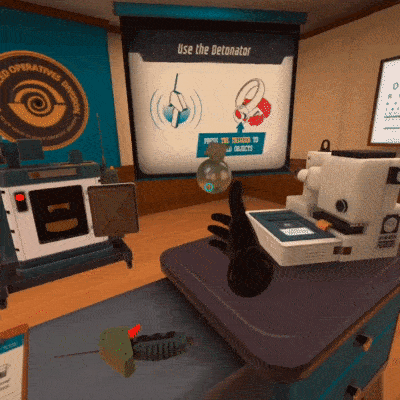
Since most missions have players sitting in one spot instead of physically walking around, you'll use your telekinetic abilities to interact with objects at any distance away. Objects can be pulled closer, pushed further away, or even used as if you were holding them in your hand — something that'll come in handy in one of the later missions.
The intro tutorial has you finding bombs hidden inside of cabinets and drawers — none of which are within the player's physical reach — then putting them inside of a blast chamber to blow them up. In the first mission, you'll take the part of a backstage tech booth worker at a play, using buttons and levers to raise curtains, swap out props, and even play sound effects to fit the part of the spy role you're espousing.
If you played the first game and think this sounds a bit too familiar, don't worry. The biggest differences between IEYTD2 and the original lie in the tighter narration, even better voice acting, and more complex environments that are filled with timed action sequences. This game is designed to be played while seated — a limitation built around the older VR headsets like the Oculus Rift and PSVR but has evolved into a unique style and hallmark of this series.
There's no doubt in my mind that this will turn some players off. After all, evolving gameplay to match the technology only feels right. In some ways, this still feels stuck in 2016 since you can't move anywhere, but it's a game that was also developed with the PSVR's still-limited design in mind. In a way, too, it's also a surprisingly accessible gameplay style for folks that might not be able to stand throughout the experience, whatever the reason might be.
Being a seated experience means that players of all physical abilities should have an easier time playing the game.
Just like the original, being a seated experience means that players of all physical abilities should have an easier time playing the game than a hodgepodge room-scale experience adapted for stationary play. Since you're playing the role of a spy thought to be dead, you'll be undercover in less conspicuous ways than the original.
That includes beginning and ending each mission back in your spy van, which is filled to the brim with equipment you'd expect. TVs are hooked up to tape players to gather intel and play missions, a radio can be tuned to different stations for more reasons than just changing up the music, and little secrets are found in the nooks and crannies.
Arcade-like qualities that are stirred, not shaken
Puzzles are always solved the same way, although they might be able to be solved in a different order to achieve a quicker solve time. At least for the first three missions, of course. I didn't get to play the remainder of the game just yet, so while it's possible Schell Games changes it up a bit further down the road, the fact that the game times you for each mission tells me that replayability revolves around getting a faster time with each playthrough.
In fact, there's a drawer in the van that has a slot for a replay tape for each of the game's 6 missions. I presume that once the player has the ability to record their moves, replaying the game will be a lot like speed Chess. Jump in, get the puzzle done in the most economical way, and get out.
Likewise, each level is also filled with little secrets, including a trophy that can be found by exploring the least obvious places. Achievements can also be earned along the way, further adding to the goal of getting a full completion of the game. These puzzles feel smart and well-thought-out, owing to the authenticity of the scenarios and falling right in line with expectations of the 007-esque theme.
From Schell, with love
Like basically everything from Schell Games, I Expect You to Die 2: The Spy and the Liar feels like a labor of love from the moment I began playing. It's the sequel I certainly didn't expect, but it gives me hope that other games I love from Schell — like Until You Fall — will continue to receive updates and maybe even sequels in the future.
The three missions I played through in this preview release of the game were only 36% of the content of the main game, telling me there's plenty to do outside of my initial expectations of playtime. That tells me there's quite a few hours' worth of content to be found in the final release of I Expect You To Die 2, and probably more that will come in the future. After all, the original I Expect You To Die received several follow-up updates that added new missions for free to the base game.
I Expect You to Die 2: The Spy and the Liar comes to all major VR platforms, including Oculus Quest, PlayStation VR, and PC VR headsets on August 24 for $25. Check out the trailer below and, if you think this game is looking at you from down a barrel, pull the trigger and preorder for a 10% off promo on the Oculus and PlayStation stores.
A spy thriller
I Expect You to Die 2: The Spy and the Liar
$25 at Oculus $25 at PlayStation Store $25 at Steam
The spy who just wouldn't die
They thought you were dead, which makes it easy to go undercover and foil the evil plot lurking at Zoraxis. Solve puzzles, fight crime, and make the villains rue the day they thought they'd cross you.


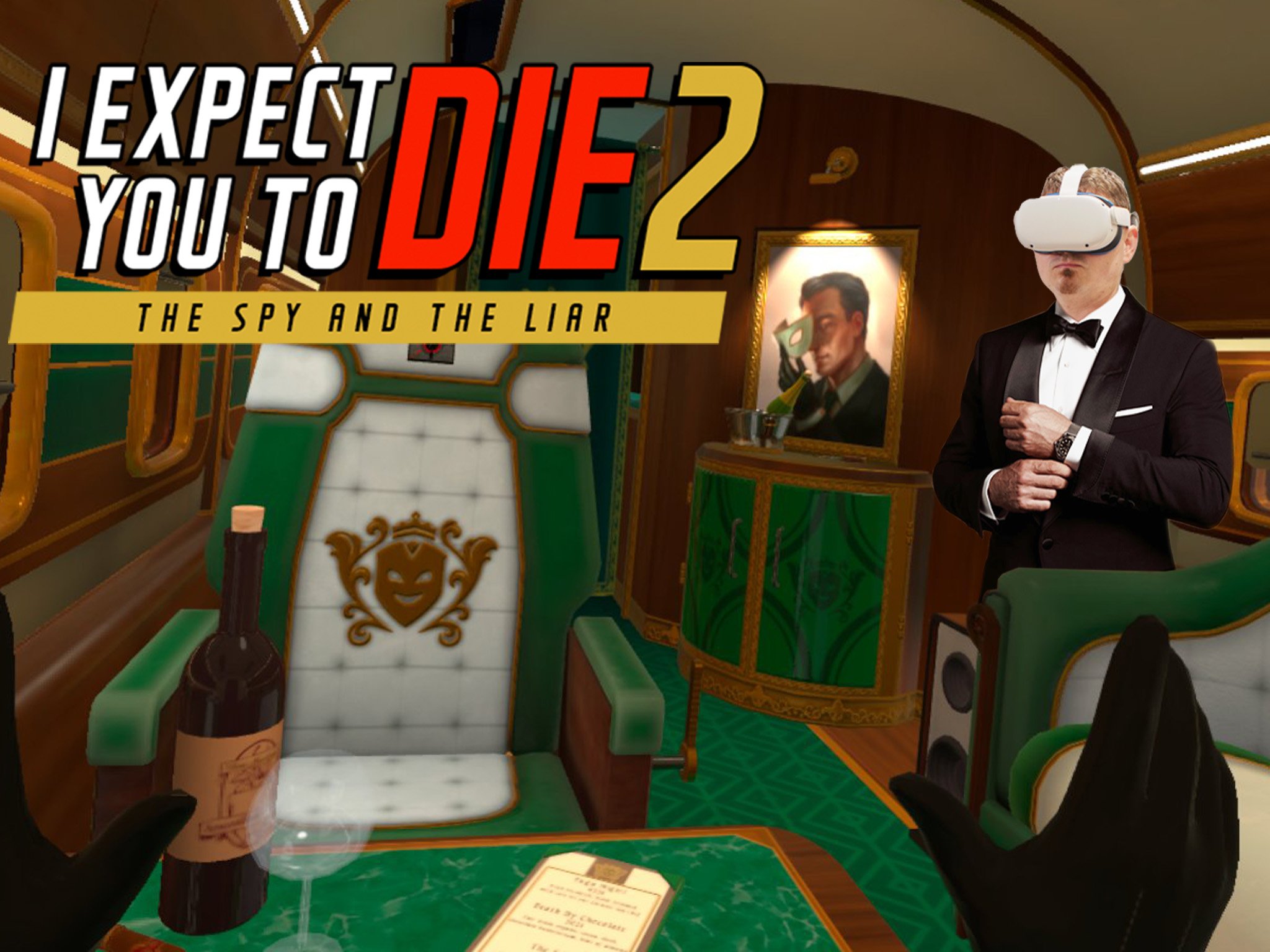
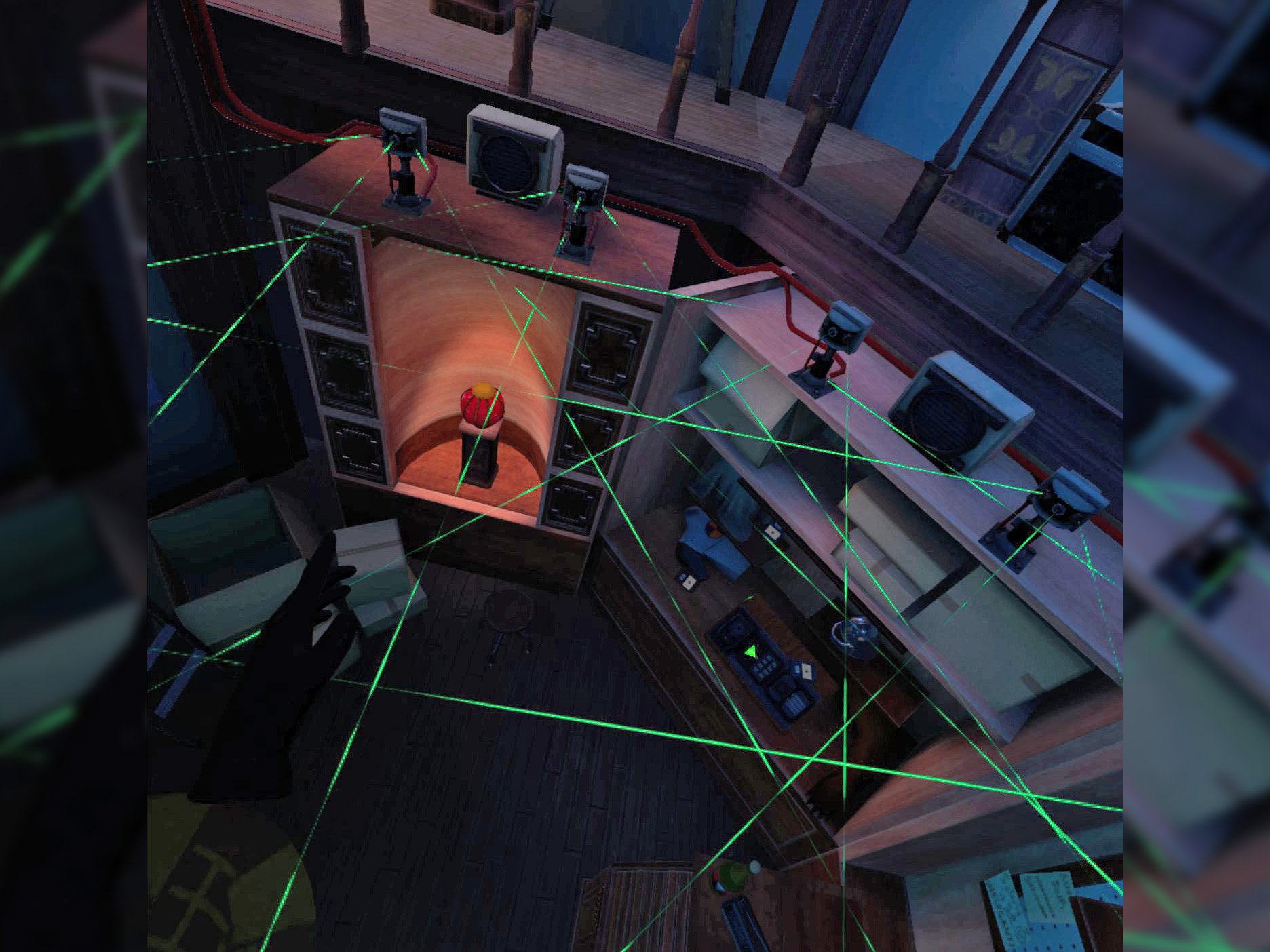
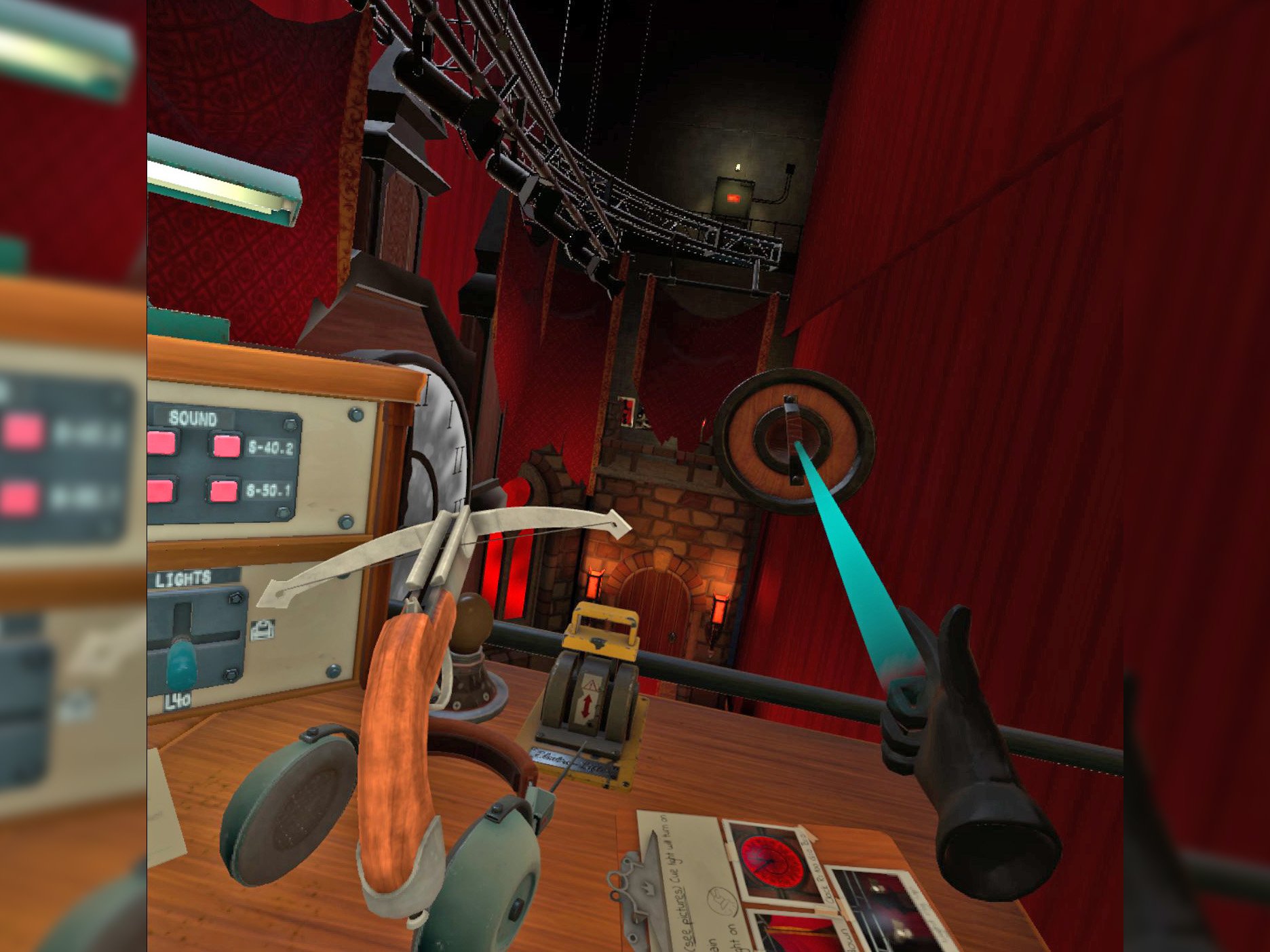
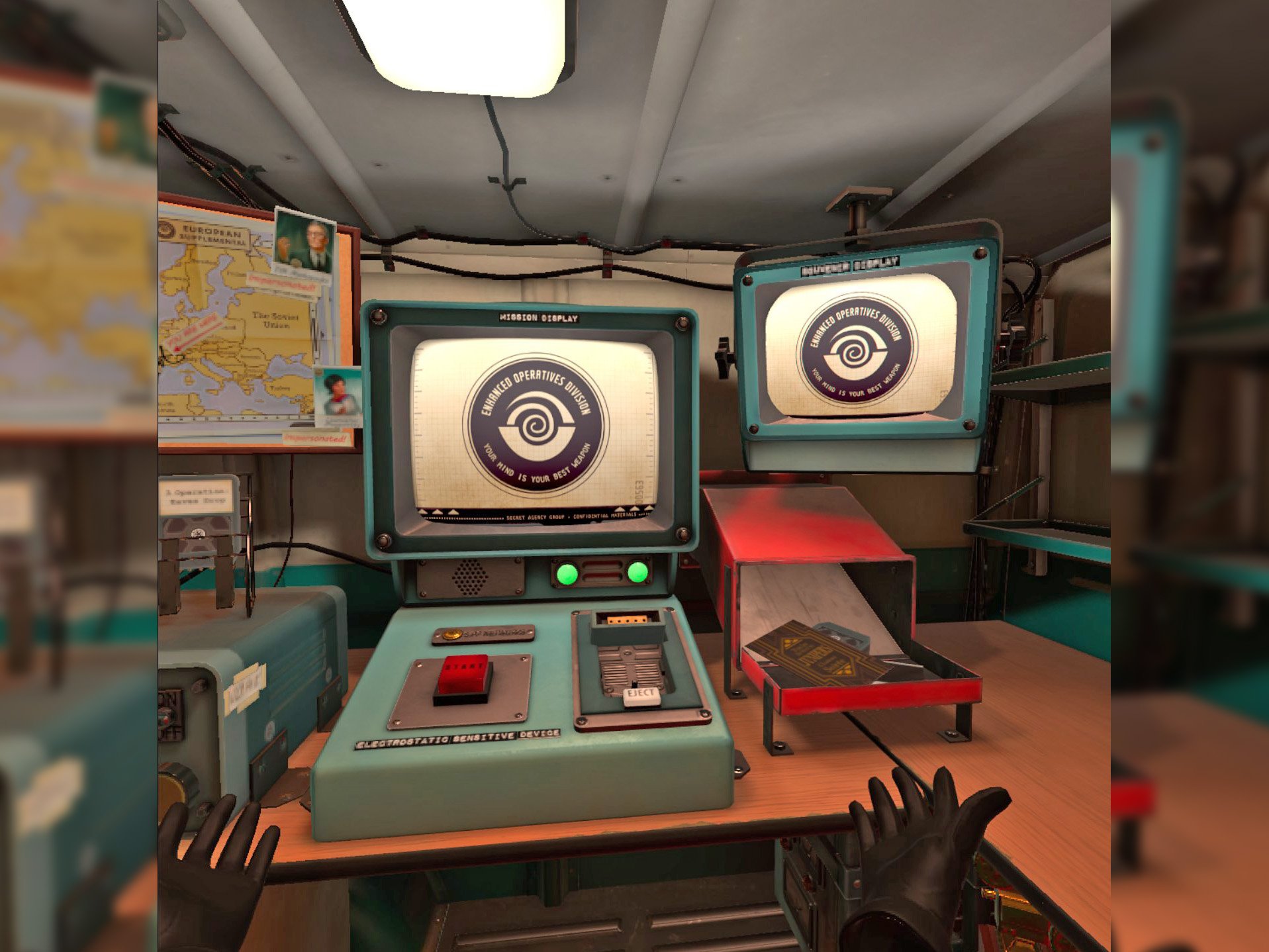
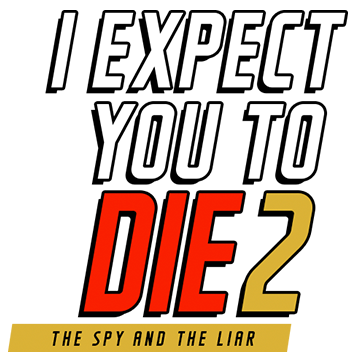
0 Commentaires